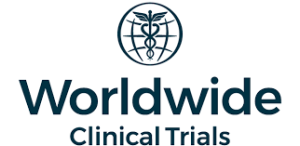Challenges and future opportunities in the clinical trial landscape: an interview with Tom Zhang
In this interview Tom Zhang (Chief Scientific Officer, Large Molecule Bioanalysis, Worldwide Clinical Trials, NC, USA) discusses how Worldwide Clinical Trials collaboratively partners with biotech and pharmaceutical companies to aid research and embrace innovation. He states how in recent years he has witnessed a surge in start ups entering the clinical trial space, and while this is beneficial to the research and development landscape it is challenging for bioanalysis. This is because smaller companies often lack the clinical, bioanalytical and pharmacological talent and as a result cannot meet assay requirements. Worldwide Clinical Trials often partners with smaller pharmaceutical companies, particularly in early-phase clinical trials, to bring bioanalytical and pharmacological expertise.
Zhang also comments on how large molecule assays are usually performed manually and can be tedious and labor intensive. At Worldwide Clinical Trials they have created a Total Laboratory Automation (TLA) system, which incorporates all large molecule procedures into one unit (such as sample preparation, sample dilution and sample transfer) thus improving productivity. He concludes by discussing the next big trends including a focus on smaller subject numbers and a decrease in drug development timelines.
Questions discussed:
- What are the most significant challenges faced when conducting bioanalysis in clinical trials and what strategies does your team employ to overcome them?
- How does the testing facility ensure compliance with evolving regulatory guidelines for bioanalysis in clinical trials?
- Can you discuss any recent innovations in large molecule bioanalysis and how they might impact the efficiency and reliability of clinical trials?
- From your viewpoint, what criteria should biotech or pharmaceutical companies consider when selecting a CRO for bioanalytical services?
- What do you see as the next big challenge or opportunity in bioanalysis and how does your organization support professional development and innovation in this area?
In association with


